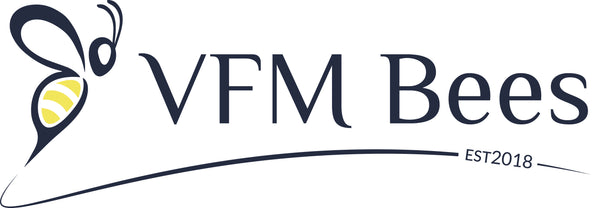Fun Facts
Welcome to the VFM Bees Fun Facts Page. Learn some fun and surprising facts about honeybees and beekeeping.
-
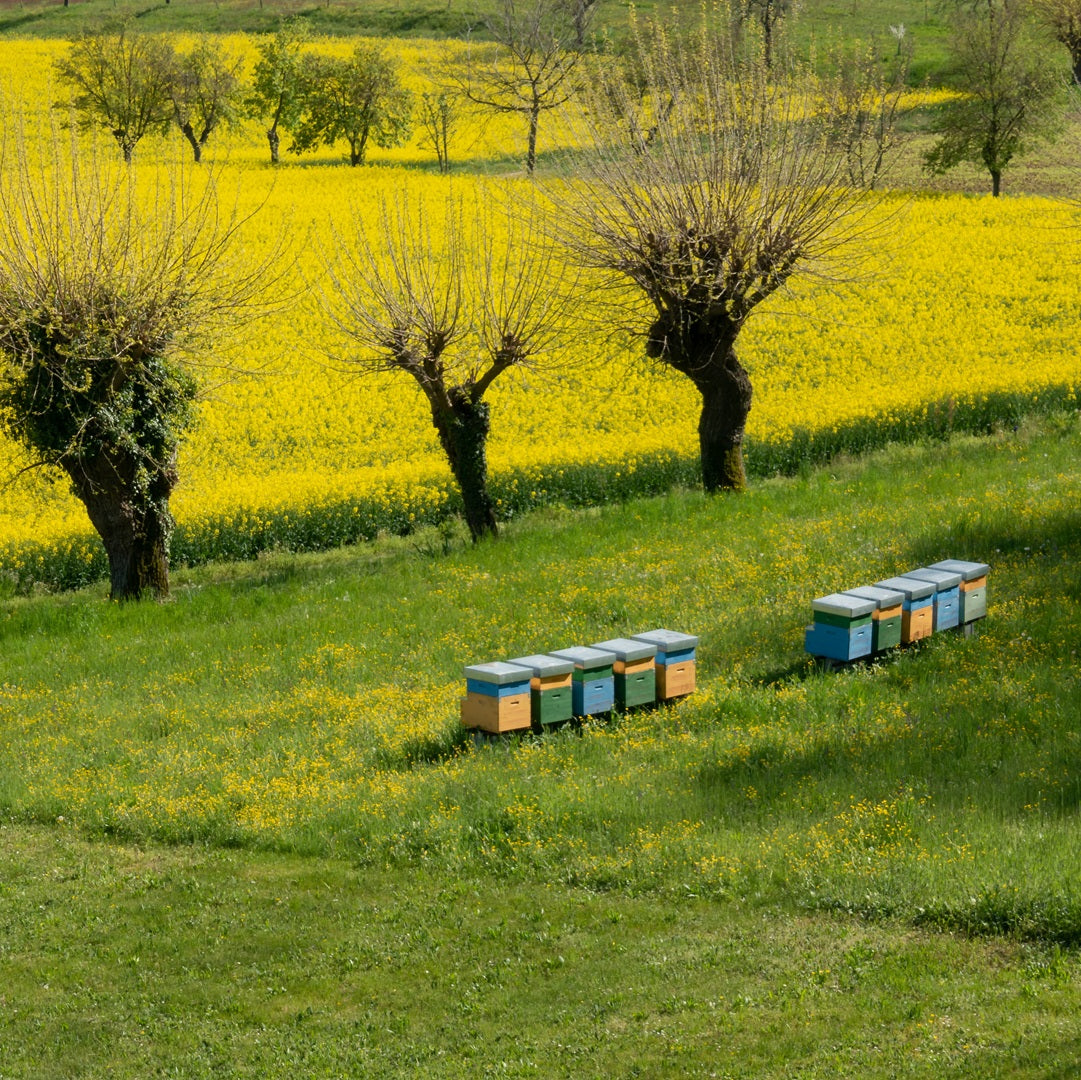
Honeybees play a crucial role in pollination, visiting thousands of flowers a day and transferring pollen between plants. This process helps produce many of the fruits, vegetables, and seeds we rely on. In fact, about one-third of our food supply depends on honeybee pollination, making them vital to ecosystems and agriculture.
-
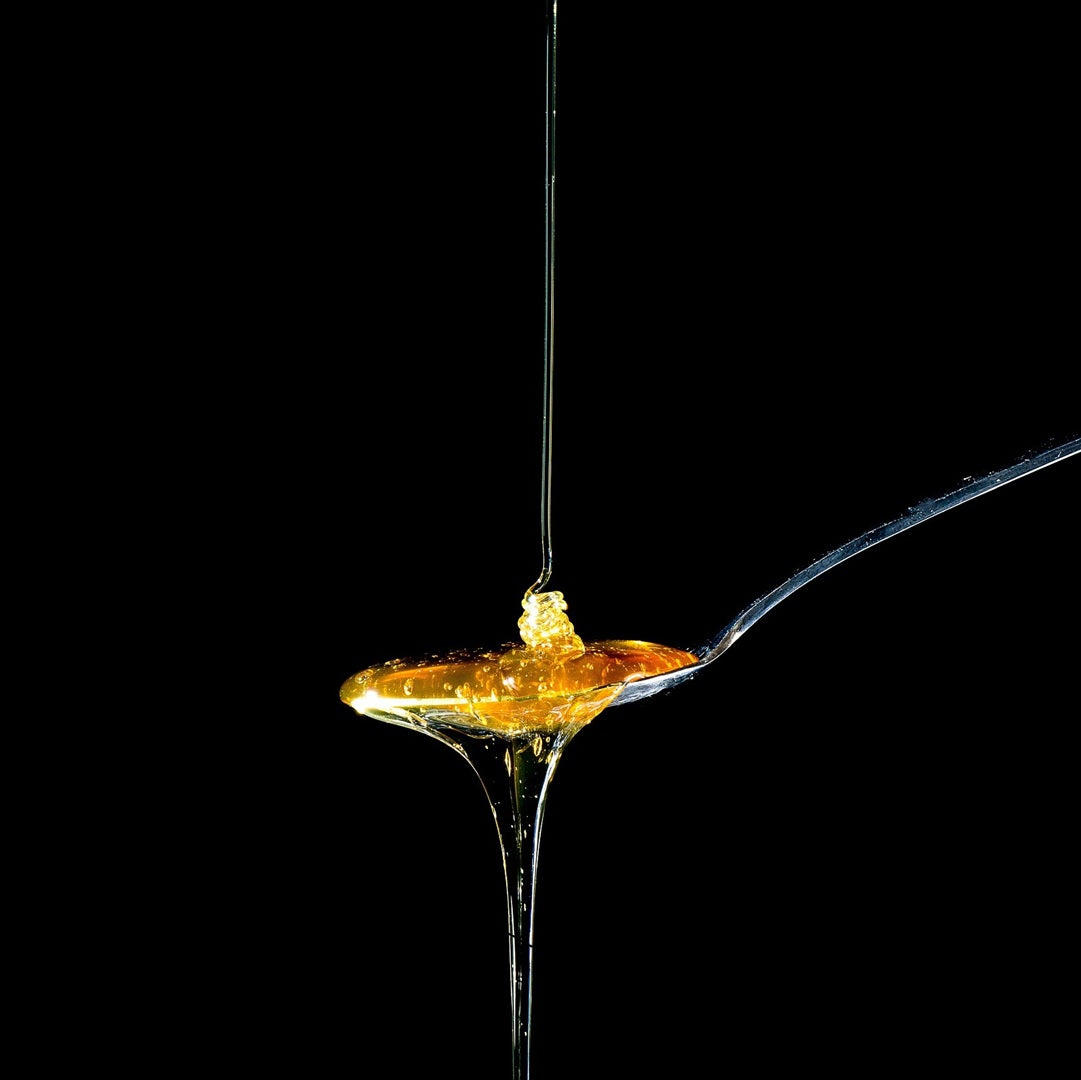
A single honeybee produces only about 1/12th of a teaspoon of honey in her lifetime. It takes thousands of bees to make a pound of honey.
-
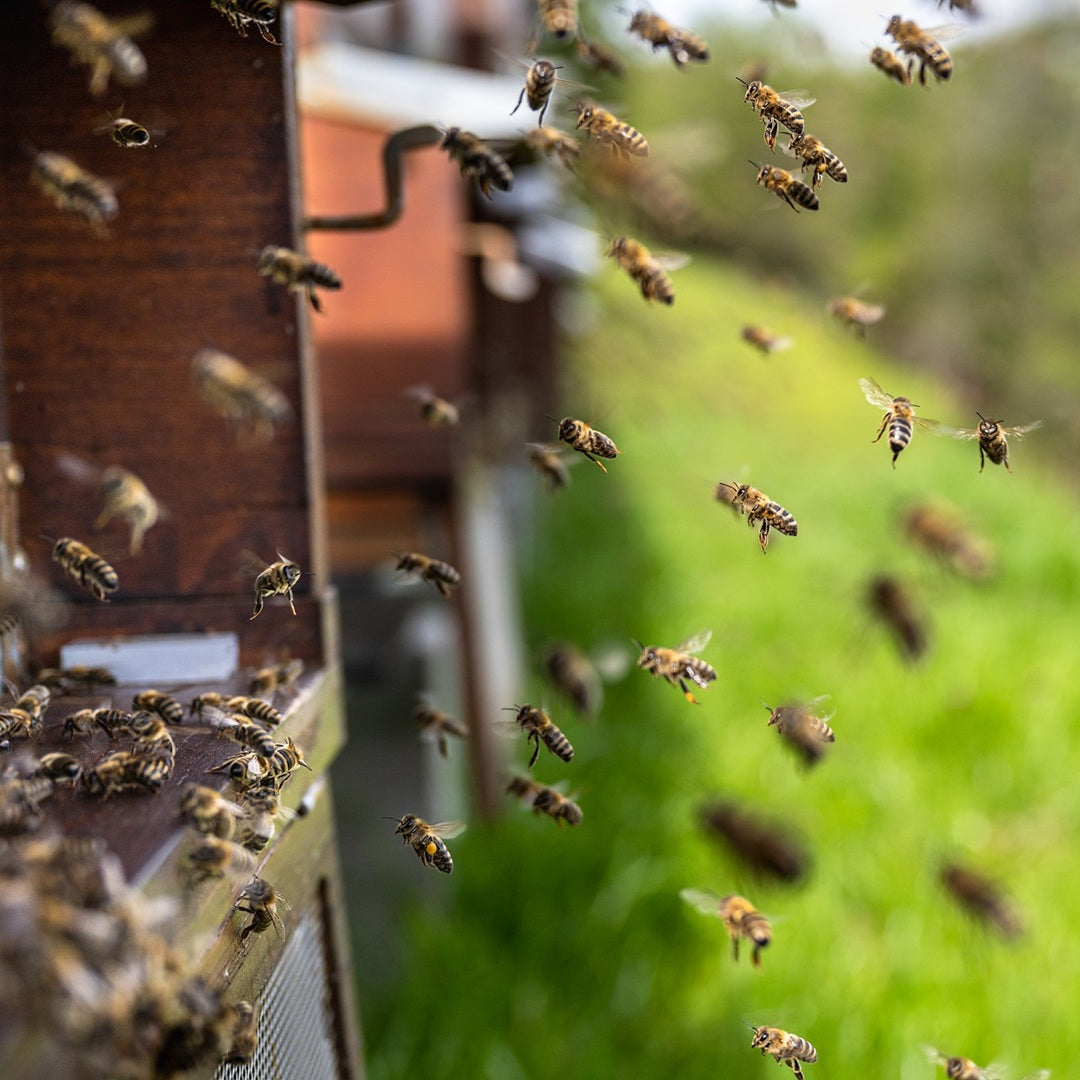
Honeybees have an incredible flight range. The can fly up to 5 miles from their hive in search of food, and they often travel a total distance of around 55,000 miles to produce just one pound of honey. Despite their small size, they’re incredibly efficient foragers.
-
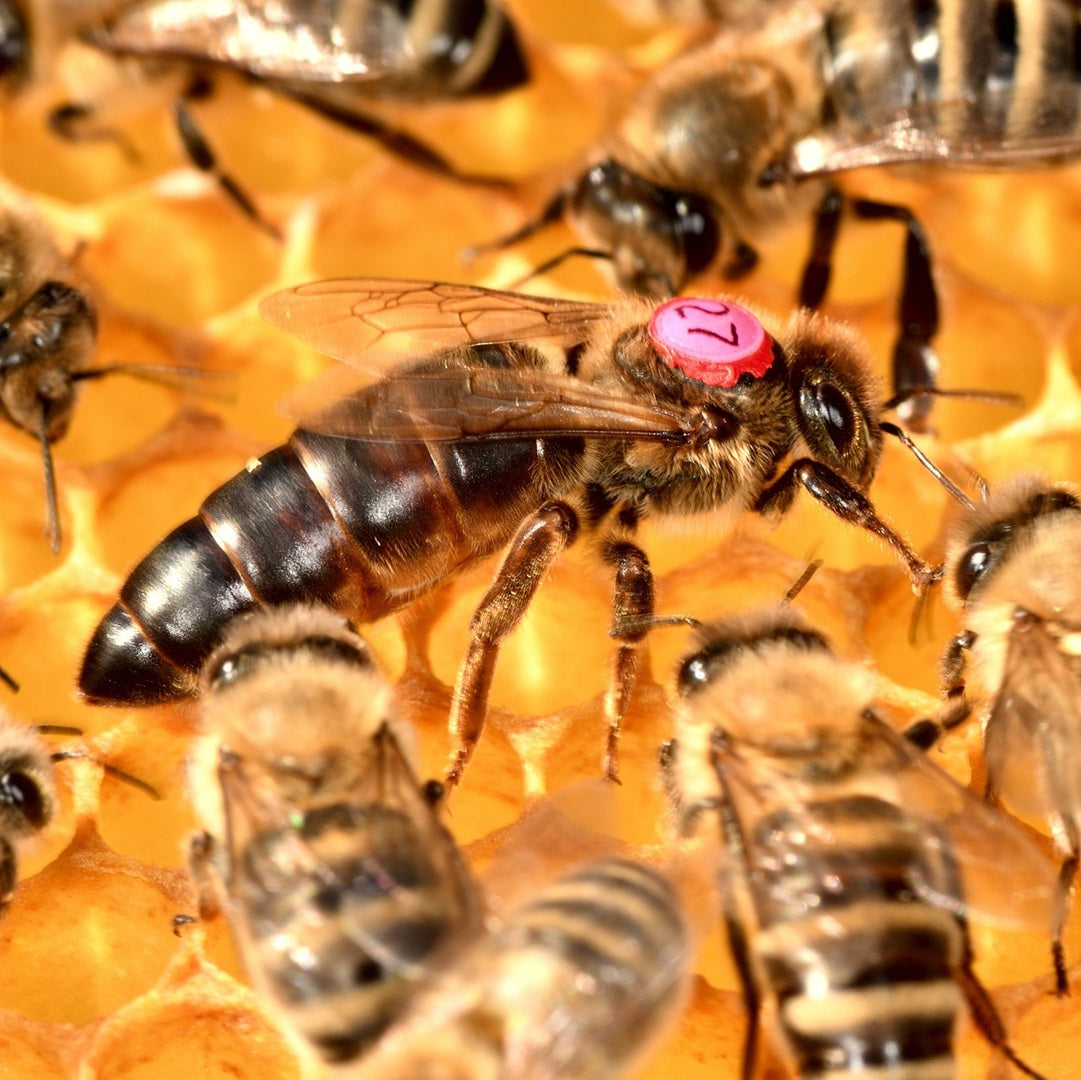
The queen honeybee’s main job is to lay eggs—up to 2,000 per day. She’s the only bee in the hive capable of reproduction, and she can live up to five years, much longer than worker bees. Her pheromones also help regulate the hive’s behavior and maintain harmony among the colony.
-
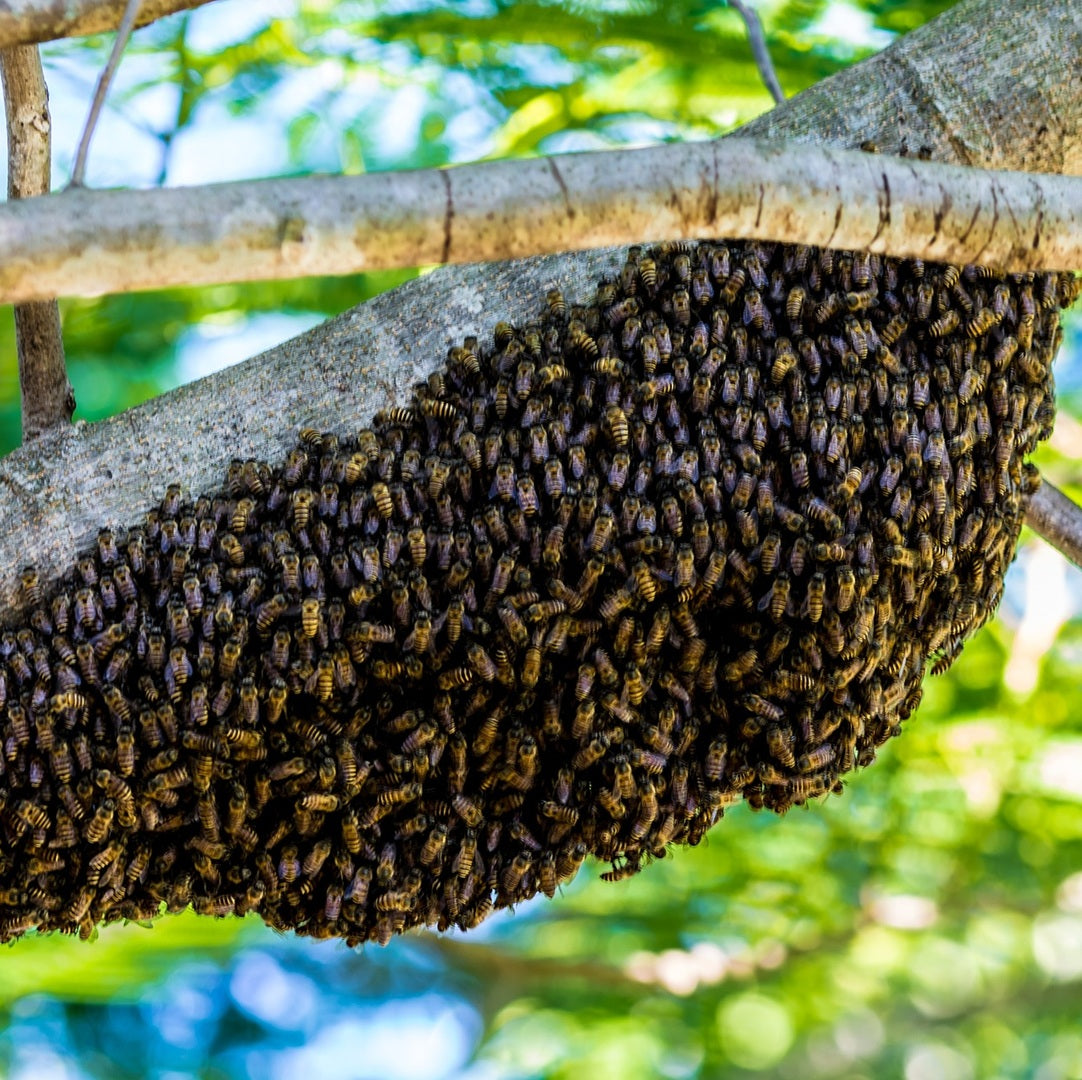
Swarming is a natural process where a single hive splits into two. Typically occurring in spring, the old queen leaves with about half the worker bees to start a new colony. Meanwhile, a new queen is raised in the original hive. Though it might look alarming, swarming is how honeybees naturally expand their colonies.
-
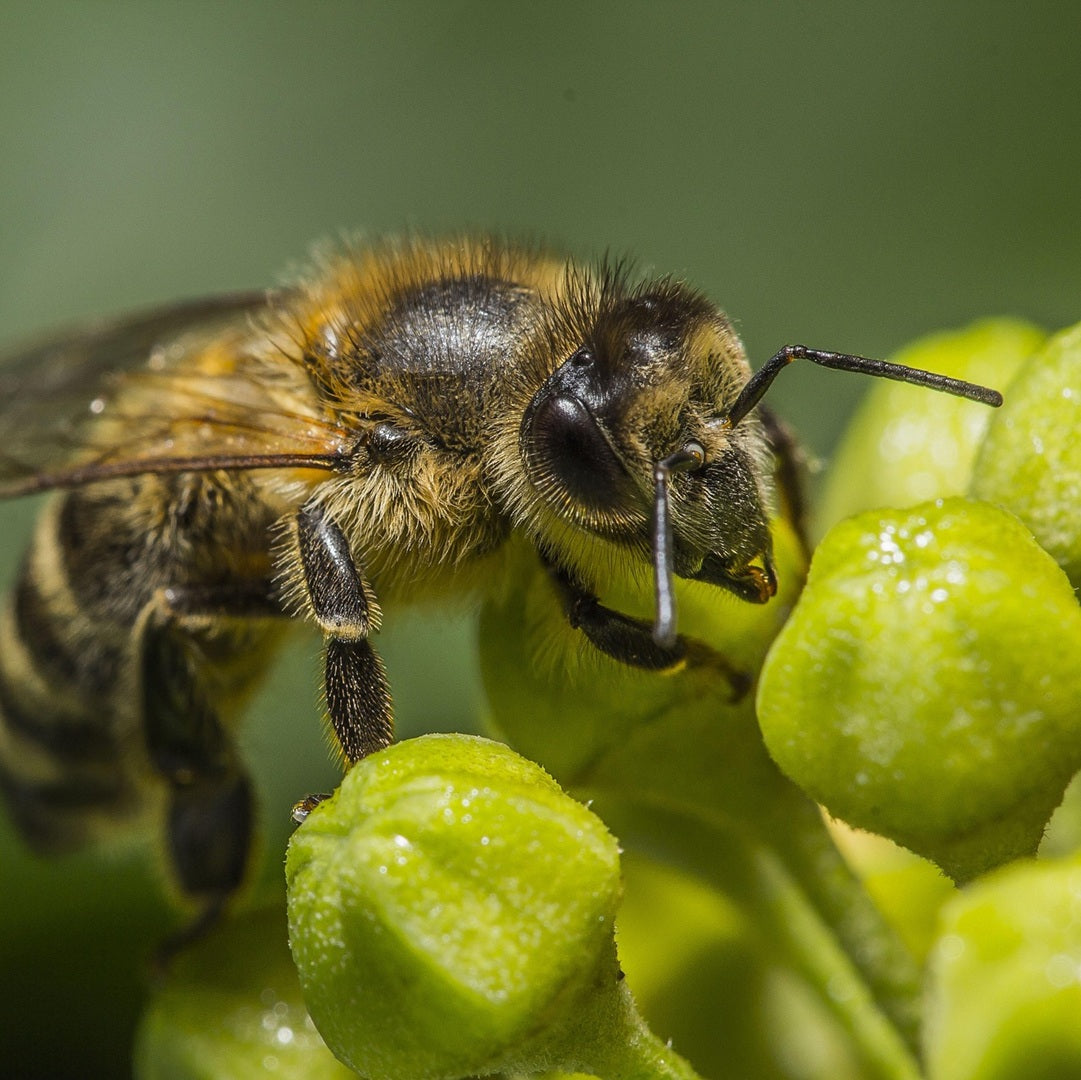
Amazingly, honeybees have five eyes. They have two large compound eyes that help them detect movement and colors, including ultraviolet light, which helps them find nectar-rich flowers. Additionally, they have three smaller simple eyes on top of their head that help with navigation by detecting light intensity.
-
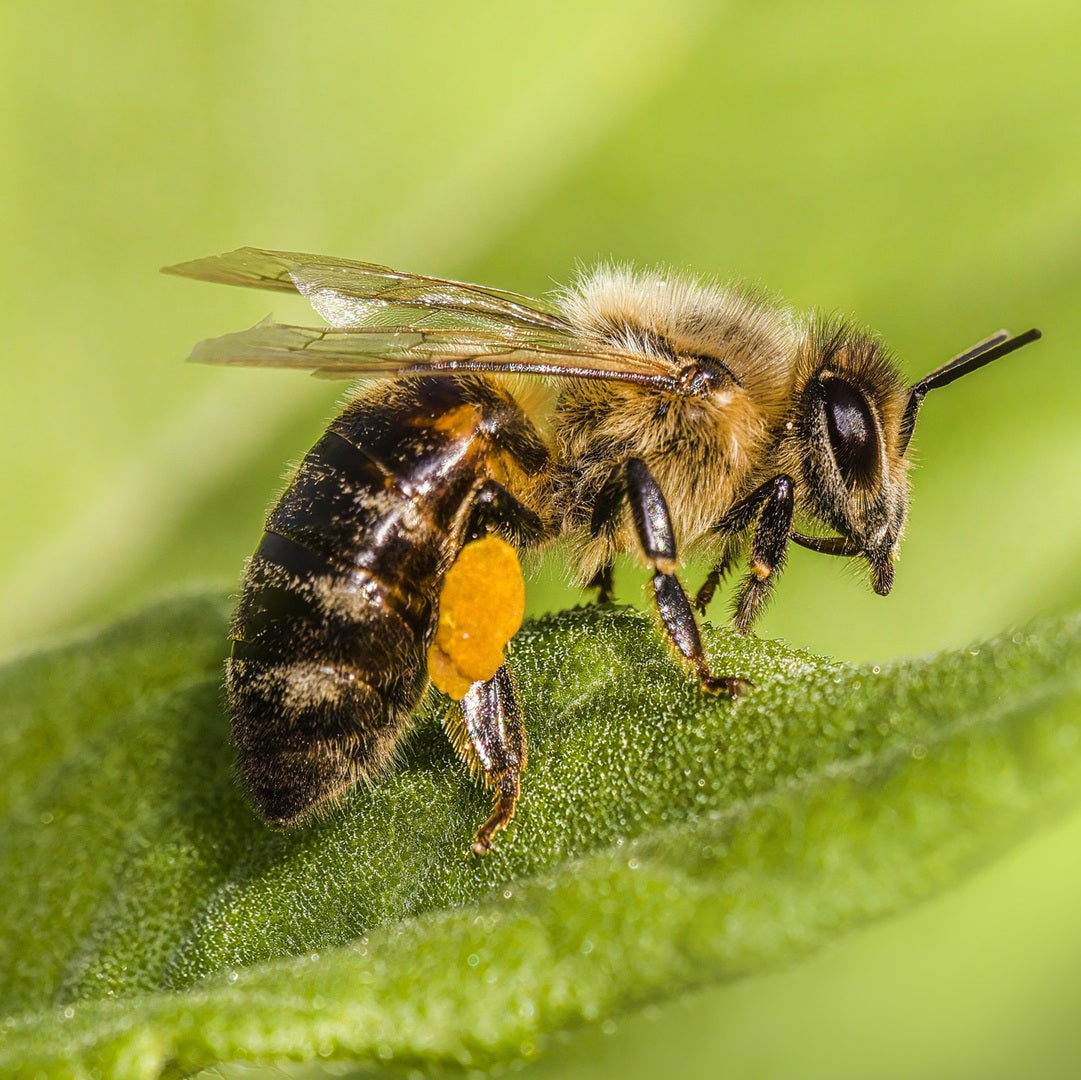
Honeybees have special "pollen baskets" on their hind legs, called corbiculae. These tiny, cup-like structures hold the pollen they collect from flowers. As bees visit blossoms, they pack the pollen into these baskets, turning it into a dense, colorful ball to bring back to the hive.
-
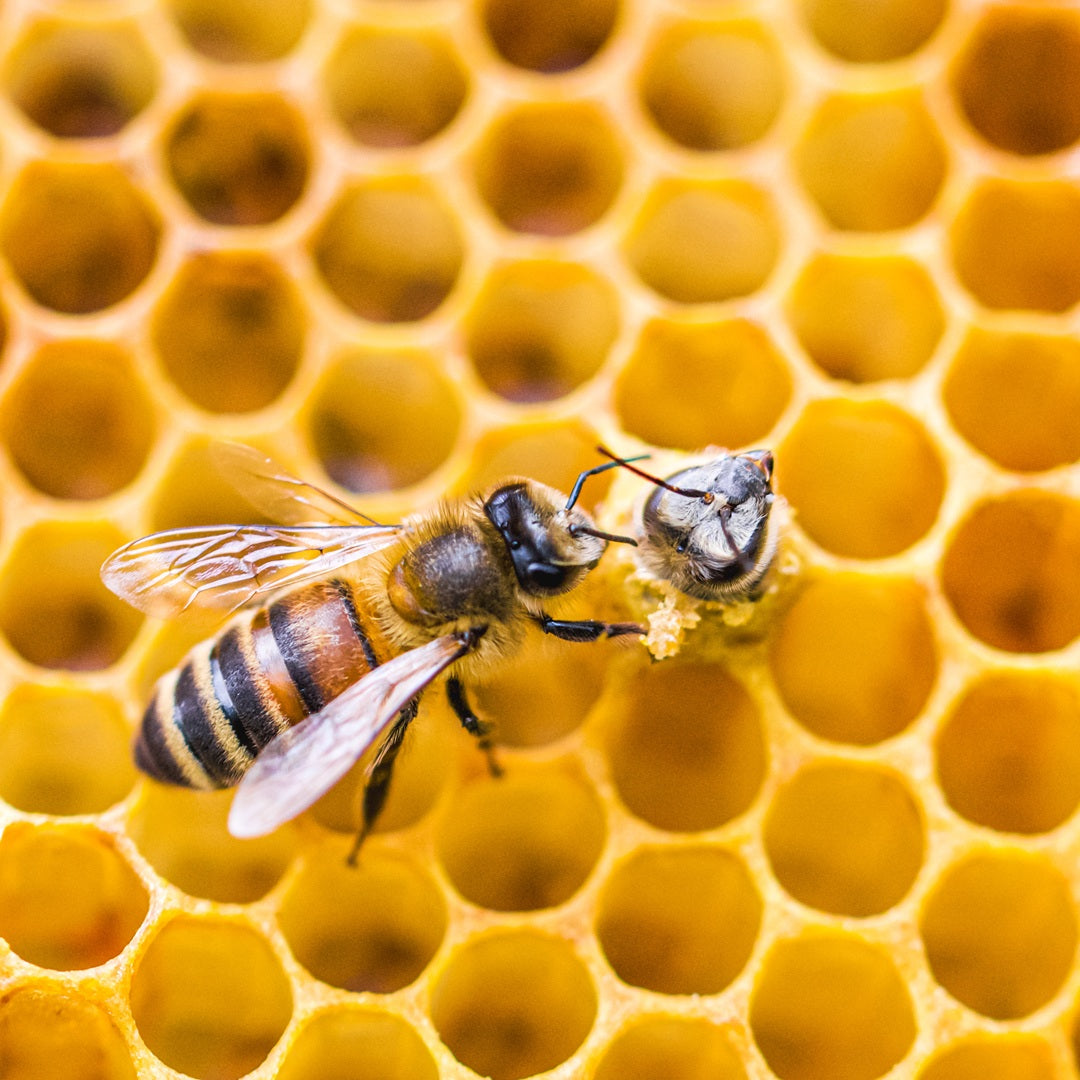
Female worker bees are the true multitaskers of the hive. They take on different jobs throughout their lives, starting as cleaners, then becoming nurses for the young, builders of the honeycomb, guards at the hive entrance, and finally, foragers who gather nectar and pollen. These little bees work tirelessly for the good of the colony!
-
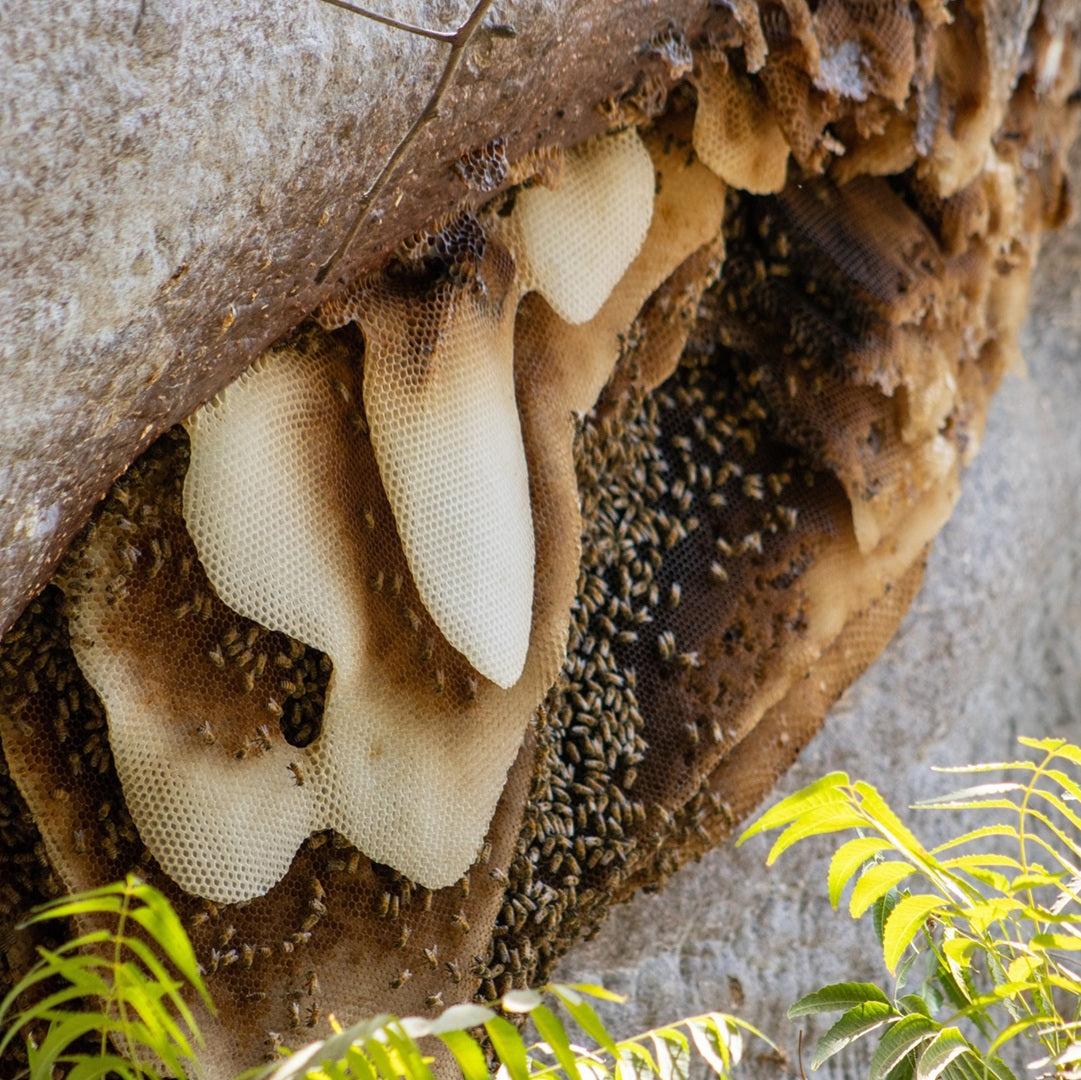
Honeybees are natural builders, producing beeswax from special glands on their abdomens. They use this wax to construct their honeycomb, where they store honey and pollen and raise their young. Amazingly, it takes about 8 pounds of honey to produce just 1 pound of beeswax, showcasing their incredible efficiency and dedication.
